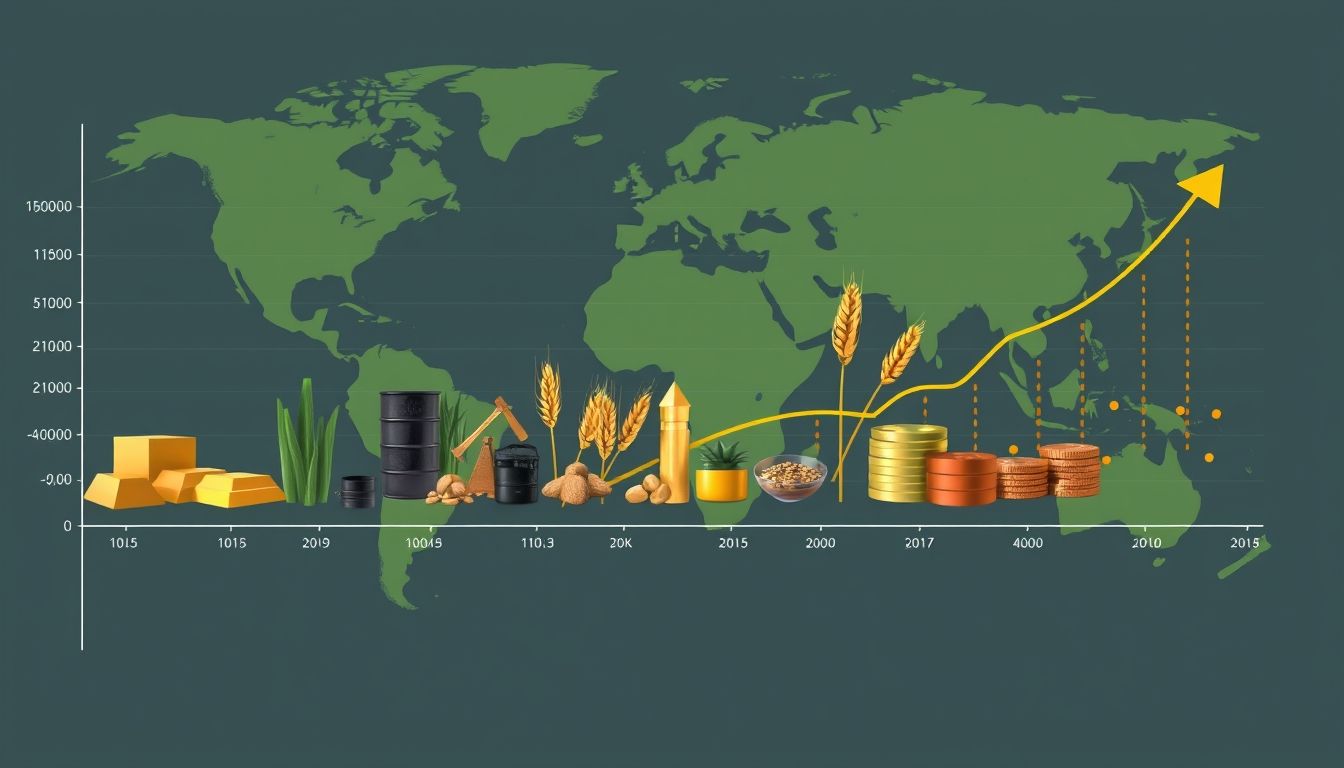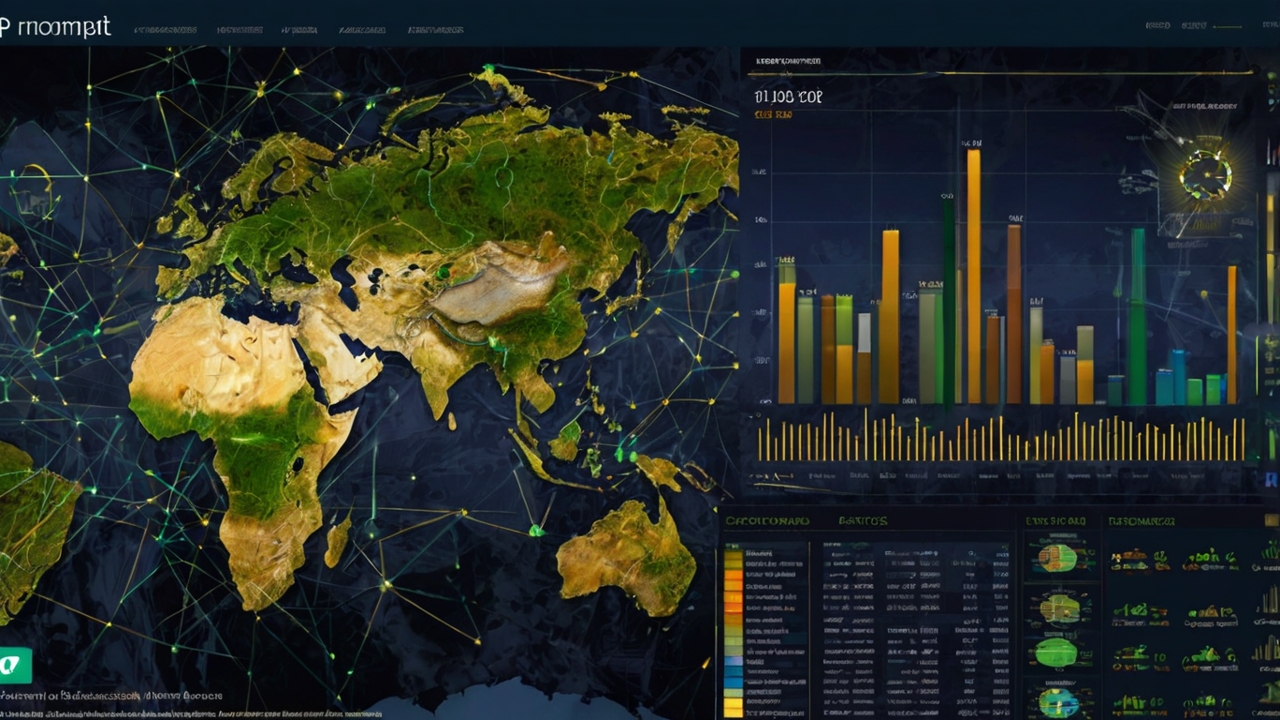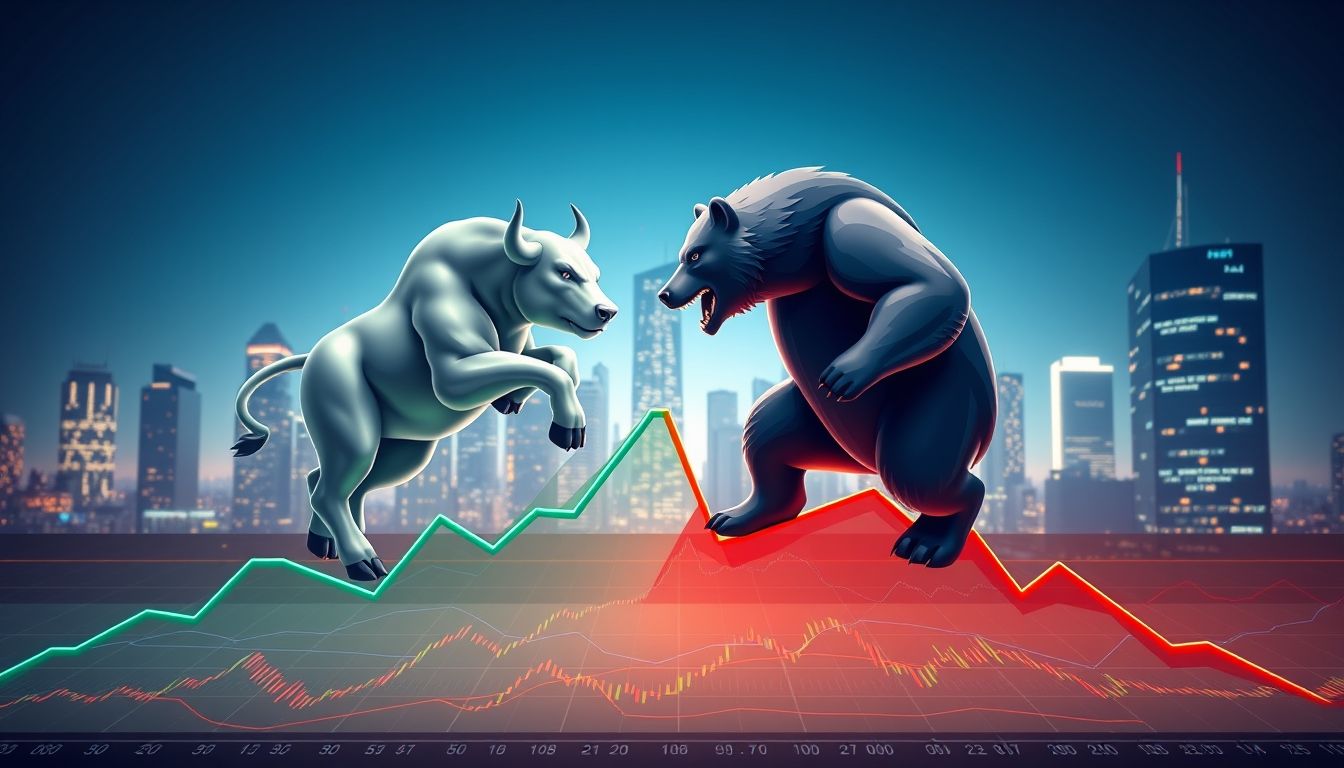Introduction to Commodity and Raw Materials Funds
Commodity and raw materials funds are unique investment vehicles that allow investors to gain exposure to commodity markets without having to purchase the physical commodities directly. These funds cover a wide range of commodities, from precious metals such as gold and silver to energy such as oil and natural gas, and agricultural products such as wheat and corn. In this article, we will explore the world of commodity and raw materials funds in detail, providing you with a comprehensive guide to help you understand these investment tools and make informed decisions.
Chapter 1: What are Commodity and Raw Materials Funds?
Commodity and raw materials funds are investment funds that aim to track the performance of a specific commodity index or a group of commodities. These funds can be mutual funds or exchange-traded funds (ETFs). They typically invest in commodity futures contracts or in the stocks of companies operating in the commodity and raw materials sector.
Types of Commodity Funds
- Index Funds: Aim to track the performance of a specific commodity index, such as the S&P GSCI or the Bloomberg Commodity Index.
- Sector Funds: Focus on a specific sector of commodities, such as energy, metals, or agriculture.
- Actively Managed Funds: Managed by fund managers who seek to outperform the benchmark index by selecting commodities and investment strategies.
Chapter 2: Benefits of Investing in Commodity and Raw Materials Funds
Investing in commodity and raw materials funds offers several benefits to investors:
- Inflation Hedge: Commodities are considered a store of value, and their prices often rise during periods of inflation, helping to protect the purchasing power of the investment portfolio.
- Portfolio Diversification: Commodity prices tend to move independently of stock and bond prices, providing portfolio diversification and reducing overall risk.
- Exposure to Economic Growth: Commodity prices often rise with economic growth, as demand for raw materials used in production and construction increases.
Chapter 3: Risks of Investing in Commodity and Raw Materials Funds
Despite the potential benefits, investing in commodity and raw materials funds involves certain risks:
- Volatility: Commodity prices can be highly volatile, leading to significant fluctuations in the value of commodity funds.
- Roll Yield: When investing in futures contracts, funds must "roll" the contracts before they expire, which can lead to additional costs that reduce returns.
- Geopolitical Risks: Commodity prices can be affected by geopolitical events, such as wars and natural disasters, increasing volatility.
Chapter 4: Types of Commodities and Raw Materials
Commodity and raw materials funds cover a wide range of commodities, including:
- Energy: Crude oil, natural gas, coal.
- Metals: Gold, silver, copper, aluminum.
- Agriculture: Wheat, corn, soybeans, sugar.
- Livestock: Cattle, pork.
Chapter 5: How to Choose the Right Commodity Fund
When choosing the right commodity fund, consider the following factors:
- Investment Goals: Are you looking to hedge against inflation, diversify your portfolio, or gain exposure to economic growth?
- Risk Tolerance: What is the level of risk you can tolerate?
- Fund Costs: What are the management fees and expense ratio?
- Fund Performance: How has the fund performed in the past? (Keeping in mind that past performance is not a guarantee of future performance)
Chapter 6: Commodity Exchange-Traded Funds (ETFs) vs. Mutual Funds
Commodity funds can be invested in through mutual funds or commodity exchange-traded funds (ETFs). Mutual funds are actively managed, while ETFs track a specific index. ETFs offer high liquidity and relatively low costs, making them a popular choice among investors.
Chapter 7: Commodity Fund Investment Strategies
There are several strategies that investors can follow when investing in commodity funds:
- Buy and Hold: Buy commodity funds and hold them for the long term.
- Active Trading: Buy and sell commodity funds in the short term to take advantage of price fluctuations.
- Asset Allocation: Allocate a certain percentage of the investment portfolio to commodity funds.
Chapter 8: The Impact of Economic Factors on Commodity Prices
Commodity prices are affected by many economic factors, including:
- Global Economic Growth: Strong economic growth leads to increased demand for commodities, driving prices higher.
- Inflation: Commodity prices often rise during periods of inflation, as commodities are considered a store of value.
- Interest Rates: Interest rates can affect commodity prices through their impact on the value of the dollar and financing costs.
- Supply and Demand: The balance between supply and demand affects commodity prices.
Chapter 9: Practical Examples from the Arab and Global Markets
Example from the Arab Market: An investment fund focusing on the energy sector in the Gulf region, investing in oil, gas, and petrochemical companies. This fund may be attractive to investors who expect higher oil and gas prices.
Example from the Global Market: An ETF tracking the S&P GSCI index, which provides broad exposure to a variety of commodities. This fund may be suitable for investors looking for portfolio diversification.
Chapter 10: Tips for Commodity Fund Investors
Here are some tips for commodity fund investors:
- Do thorough research: Before investing in any commodity fund, make sure you understand its investment objectives, strategy, and risks.
- Diversify your portfolio: Don't put all your money into commodity funds. Diversify your portfolio across different asset classes.
- Be prepared for volatility: Commodity prices can be highly volatile. Be prepared for potential losses.
- Think long-term: Commodity funds can be a good long-term investment, but they may not be suitable for investors looking for quick gains.
- Consult a financial advisor: If you are unsure how to invest in commodity funds, consult a financial advisor.




